El Camino
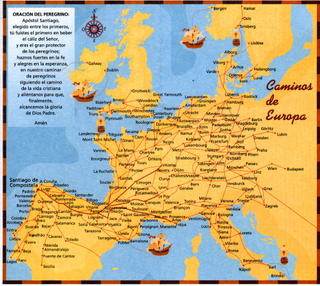 The expat life in
The expat life in 
The trails we walked belonged, for the most part, to the Camino de Santiago de Compostela, or the Way of St. James, which is in essence a network of paths throughout western Europe that lead to the Medieval pilgrimage destination of Santiago (located in the NW corner of Spain). Most pilgrims take about a month to walk the most frequently traveled paths through
 El Camino has become popular in recent years and an impressive infrastructure has sprung up to support the throngs of pilgrims that pass through every day. Trails are well marked and often reinforced with gravel. Refugios, places for pilgrims to spend the night, are hosted by local parishes or religious orders that provide large dormitory style rooms to accommodate the large number of pilgrims during the summer months. Walking long distances is an inherently solitary activity, but long days were always punctuated with the good fellowship of others following the same path.
El Camino has become popular in recent years and an impressive infrastructure has sprung up to support the throngs of pilgrims that pass through every day. Trails are well marked and often reinforced with gravel. Refugios, places for pilgrims to spend the night, are hosted by local parishes or religious orders that provide large dormitory style rooms to accommodate the large number of pilgrims during the summer months. Walking long distances is an inherently solitary activity, but long days were always punctuated with the good fellowship of others following the same path.
The life of a pilgrim consists of routines. Dawn, around 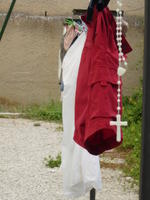
As I mentioned earlier, Matt and I walked an abbreviated pilgrimage. I found myself wishing I had more time to complete the pilgrimage properly instead of simply walking parts of it. Nevertheless, even in the short time we had, many pilgrim lessons were learned. The Top 10 Lesson are listed below. If some of them sound familiar, it is because others have gone before us.
- Stick to the path
- Talk to strangers
- Walk through the pain
- Pain is Joy

- Look for the small signs that mark the Way
- If you don’t see any signs, you’re not looking hard enough
-
If you ignore the signs, you’ll get lost

- Take time to look back and enjoy the view
- Take lots of pictures – a few of them are bound to turn out well
And finally, drumroll.......
10. The journey is the destination
And here are some other impressions from the road.....
An example of the exquisite agro-industrial landscape around Pamplona
The omnipresence of windpower dominated the skyline through much of the Spanish foothills.
Sun shining through clouds.
At the very end of our travels we spent two days in a small beach town on Cotê
Basque.
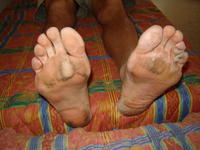
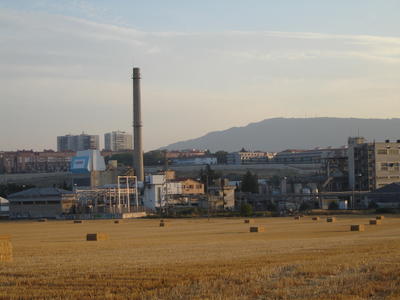
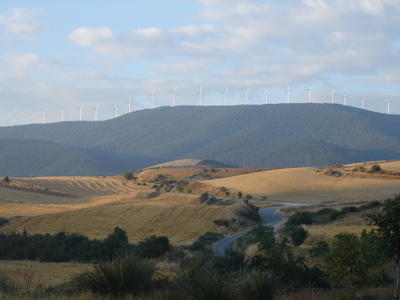



0 Comments:
Post a Comment
<< Home